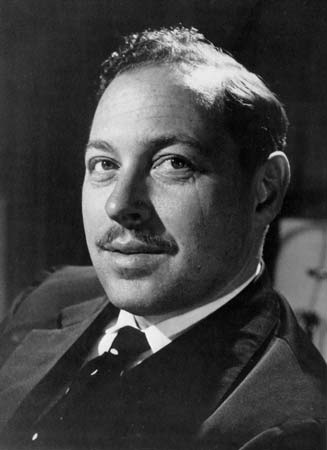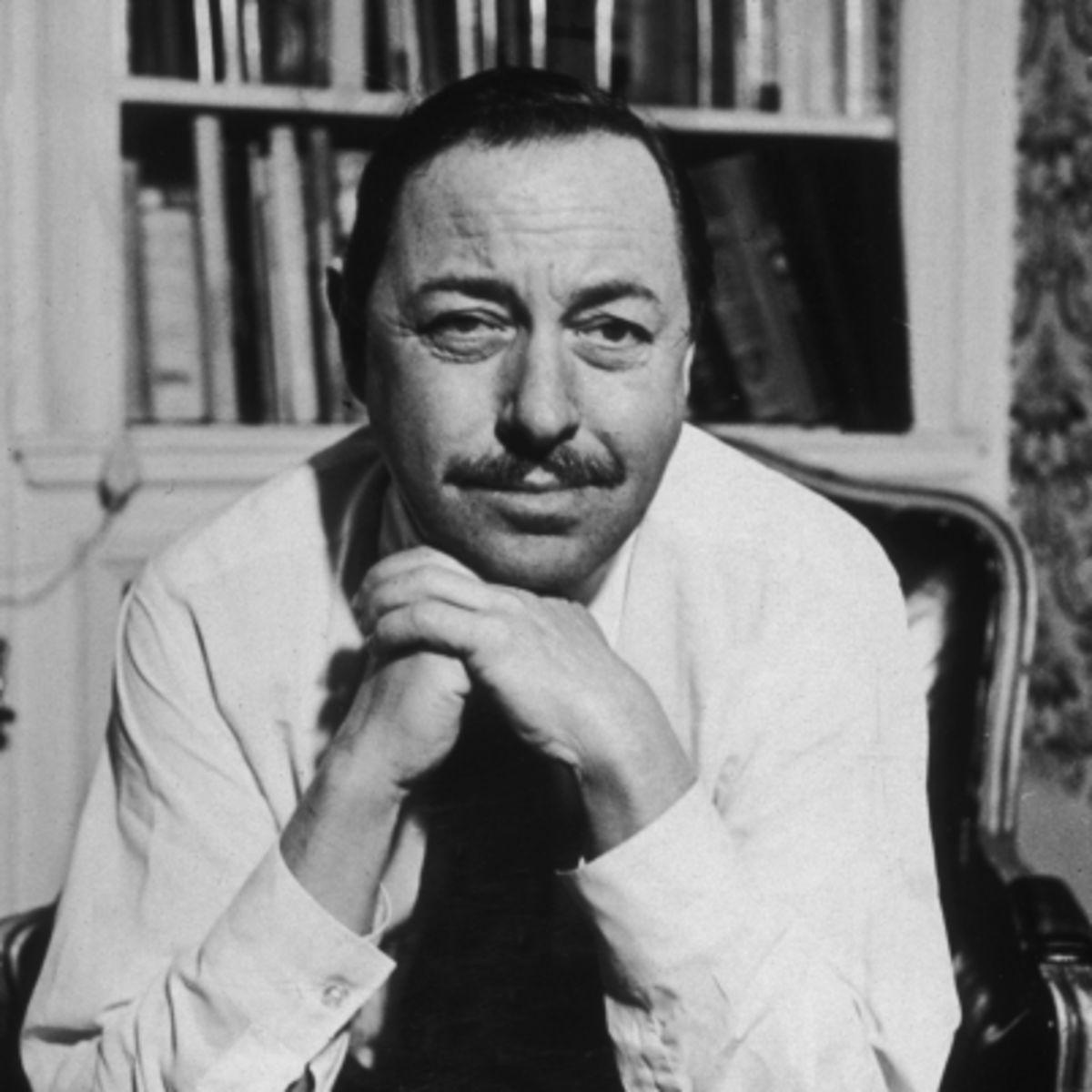Tennessee Williams (Thomas Lanier Williams)

In the late 1930s, as the young playwright struggled to have his work accepted, Tennessee Williams supported himself with a string of menial jobs that included a notably disastrous stint as caretaker on a chicken ranch in Laguna Beach, California. In 1939, with the help of his agent, Audrey Wood, he was awarded a $1,000 grant from the Rockefeller Foundation in recognition of his play Battle of Angels which was produced in Boston in 1940, but poorly received. Using some of the Rockefeller funds, Williams moved to New Orleans in 1939 to write for the Works Progress Administration (WPA), a federally funded program begun by President Franklin D. Roosevelt created to put people back to work and which helped many artists, musicians and writers survive during the Great Depression. He lived for a time in New Orleans’ French Quarter; first at 722 Toulouse Street, the setting of his 1977 play Vieux Carré. (The building is now part of The Historic New Orleans Collection.) The Rockefeller grant brought him to the attention of the Hollywood film industry and Williams received a six-month contract from the Metro Goldwyn Mayer film studio, earning $250 weekly. During the winter of 1944–45, his “memory play” The Glass Menagerie, developed from his 1943 short story “Portrait of a Girl in Glass”, was successfully produced in Chicago garnering good reviews. It moved to New York where it became an instant and enormous hit during its long Broadway run. The play tells the story of a young man, Tom, his disabled sister, Laura, and their controlling mother Amanda, who tries to make a match between Laura and a gentleman caller. Williams’ use of his own familial relationships as inspiration for the play is impossible to miss. Elia Kazan (who directed many of Williams’ greatest successes) said of Tennessee Williams: “Everything in his life is in his plays, and everything in his plays is in his life.” The Glass Menagerie won the New York Drama Critics’ Circle Award for best play of the season.
The huge success of his next play, A Streetcar Named Desire, in 1947 secured his reputation as a great playwright. Although widely celebrated and increasingly wealthy, Tennessee Williams was still restless and insecure and in the grip of a fear that he would not be able to replicate his success. During the late 1940s and 1950s Williams began to travel widely with his partner Frank Merlo, often spending summers in Europe. To stimulate his writing he moved often, to various cities including New York, New Orleans, Key West, Rome, Barcelona, and London. Williams wrote, “Only some radical change can divert the downward course of my spirit, some startling new place or people to arrest the drift, the drag.” Between 1948 and 1959 seven of his plays were performed on Broadway: Summer and Smoke (1948), The Rose Tattoo (1951), Camino Real (1953), Cat on a Hot Tin Roof (1955), Orpheus Descending (1957), Garden District(1958), and Sweet Bird of Youth (1959). By 1959 he had earned two Pulitzer Prizes, three New York Drama Critics’ Circle Awards, three Donaldson Awards, and a Tony Award. Tennessee Williams’ work reached wide audiences in the early 1950s when The Glass Menagerie and A Streetcar Named Desire were made into motion pictures. Later plays also adapted for the screen included Cat on a Hot Tin Roof, The Rose Tattoo, Orpheus Descending, The Night of the Iguana, Sweet Bird of Youth, and Summer and Smoke.
After the extraordinary successes of the 1940s and 1950s, the 1960s and 1970s brought personal turmoil and theatrical failures. Although he continued to write every day, the quality of his work suffered from his increasing alcohol and drug consumption as well as occasional poor choices of collaborators. In 1963, his partner Frank Merlo died. Consumed by depression over the loss, and in and out of treatment facilities under the control of his mother and younger brother Dakin, Williams spiraled downward. Kingdom of Earth (1967), In the Bar of a Tokyo Hotel (1969), Small Craft Warnings (1973), The Two Character Play (also called Out Cry, 1973), The Red Devil Battery Sign(1976), Vieux Carré (1978), Clothes for a Summer Hotel (1980) and others were all box office failures, and the relentlessly negative press notices wore down his spirit. His last play, A House Not Meant To Stand, was produced in Chicago in 1982 and, despite largely positive reviews, ran for only 40 performances. Critics and audiences alike failed to appreciate Williams’ new style and the approach to theater he developed during the 1970s. Williams said, “I’ve been working very hard since 1969 to make an artistic comeback…there is no release short of death” (Spoto 335), and “I want to warn you, Elliot, the critics are out to get me. You’ll see how vicious they are. They make comparisons with my earlier work, but I’m writing differently now” (Spoto 331). Leverich explains that Williams to the end was concerned with “the depths and origin of human feelings and motivations, the difference being that he had gone into a deeper, more obscure realm, which, of course, put the poet in him to the fore, and not the playwright who would bring much concern for audience and critical reaction” (xxiii). In 1974, Tennessee Williams received the St. Louis Literary Award from the Saint Louis University Library Associates. In 1979, four years before his death, he was inducted into the American Theater Hall of Fame.
Born
- March, 26, 1911
- USA
- Columbus, Mississippi
Died
- February, 25, 1983
- USA
- New York, New York
Cemetery
- Calvary Cemetery
- St. Louis, Missouri
- USA



